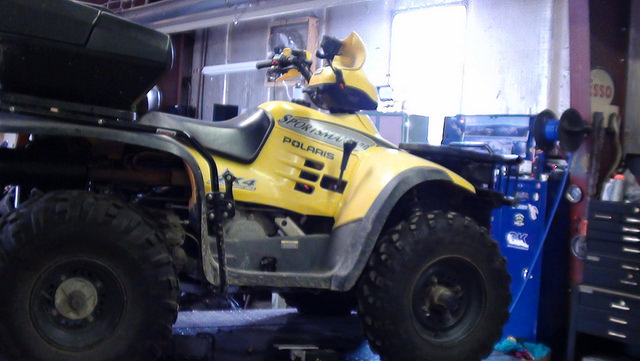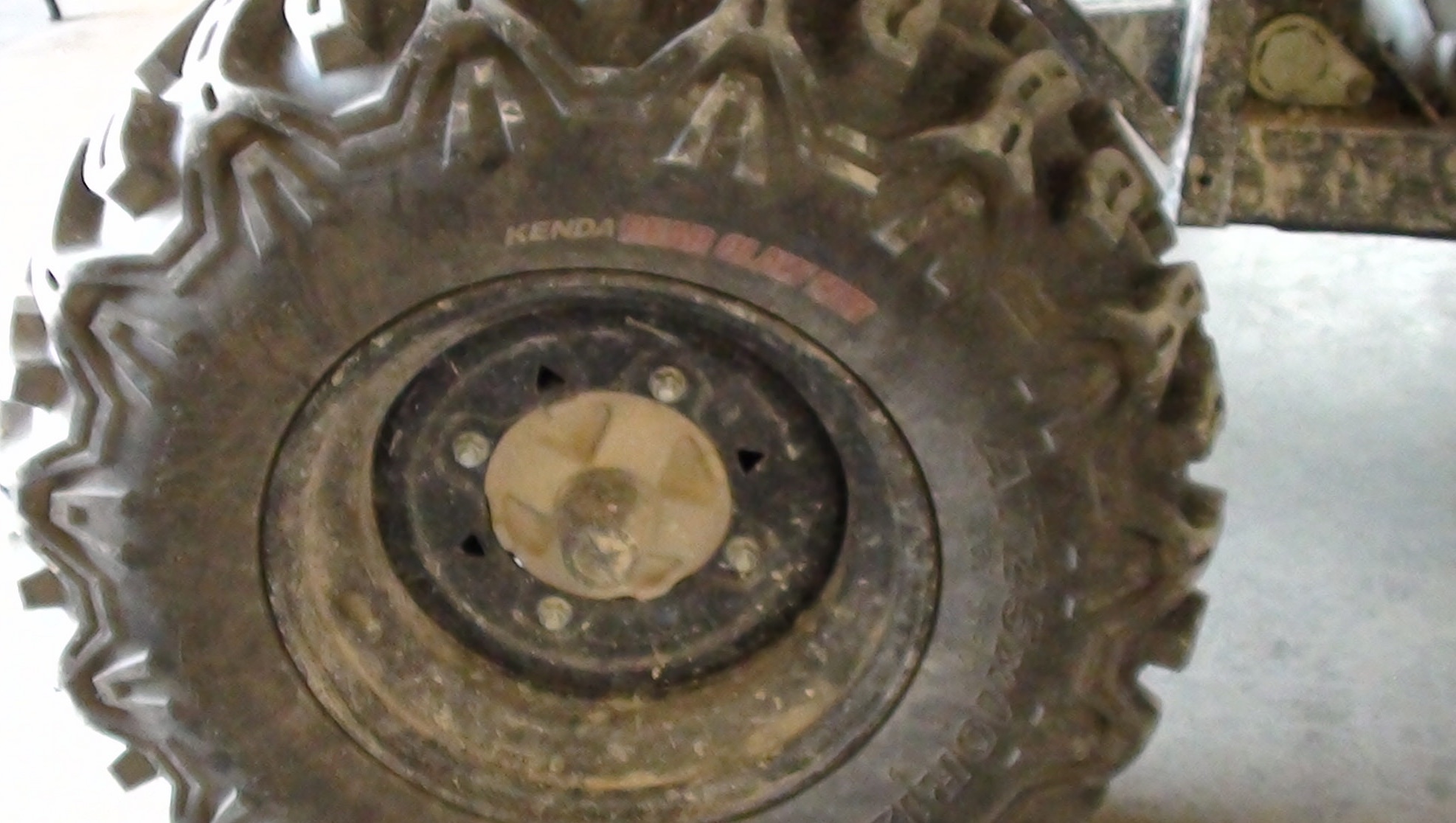Warmer weather and longer days find many ATVers eager to hit the trails for their first adventure of the season. It is important to consider a few key safety essentials before embarking upon that first ride.
Here are some tips to consider when reawakening your ATV for the season, designed to prevent you from becoming stranded in the backcountry.

A professional tuneup is money well spent, giving you peace of mind and a clean bill of health for your ATV. — Trish Drinkle photo
- Battery life: Those who do not use a battery tender, a device designed to maintain the integrity and charge of your ATV battery, may find their ATVs without power. The cold winter temperatures can drain and damage batteries, rendering them useless and unable to take a charge. Bring your battery in to your local dealership or repair shop, and have the service department test the battery. You may need to purchase a new battery.
- Mice: You must check for mice and other rodents who love to take up residence in your ATV air box. Inspect your air box thoroughly and if you find signs of mice inspect all wiring—the critters are notorious for chewing wiring resulting in many an ATV rendered useless.
- Check tires and tire pressure as winter will create a fluctuation of tire pressure. Check your owner‘s manual for the optimum tire pressure setting as over-inflated or under-inflated tires can cause a loss of control when riding, or cause tires to become easily punctured.
- Check coolant levels as the winter climate will diminish these levels. Top up or completely refresh before riding for the first time.
- Check for pooling or puddles under your ATV. If you notice oil, coolant or gas pooling, address this issue immediately and do not run your unit. If you are unable to resolve the problem yourself, take the machine in to your nearest service shop.
- A spring tuneup/oil change by technicians at your local service shop is a great way to start the season. Their trained eyes can spot problems and potential problems, saving you time and frustration and avoiding the possibility of you becoming stranded in the backcountry.
- Moisture and cold temperatures can wreak havoc on cables. Inspect and test the throttle and brake cables thoroughly before your first ride of the season. Replace or repair the cables should you find any compromise in their performance.
- Be sure to go through your safety kit. Everyone entering the backcountry should be prepared. A backcountry safety kit should consist of items such as bandages, gauze, sting and burn relief ointment, sunscreen, pain relief, allergy relief, food and water rations, and special medications if needed such as an epi-pen or heart medications. A small saw, fire starter, a tire repair kit, and small booster cables are also great resources to have should you become lost or stranded in the backcountry. During each season safety essentials may become depleted so start the season off fresh with a replenished safety kit.
- Refresh or replace batteries in life-saving technology such as a GPS, radio communicators, and InReach or Spot locators to ensure reliability when needed.
- Inspect windshields for scratches and cracks and replace if necessary. Scratches and cracks will collect dust, making the windshield useless especially if the sun creates a distortion glare.
- Taking the time to prepare your machine for the season ahead is one surefire way to keep you safe and smiling all season long.

